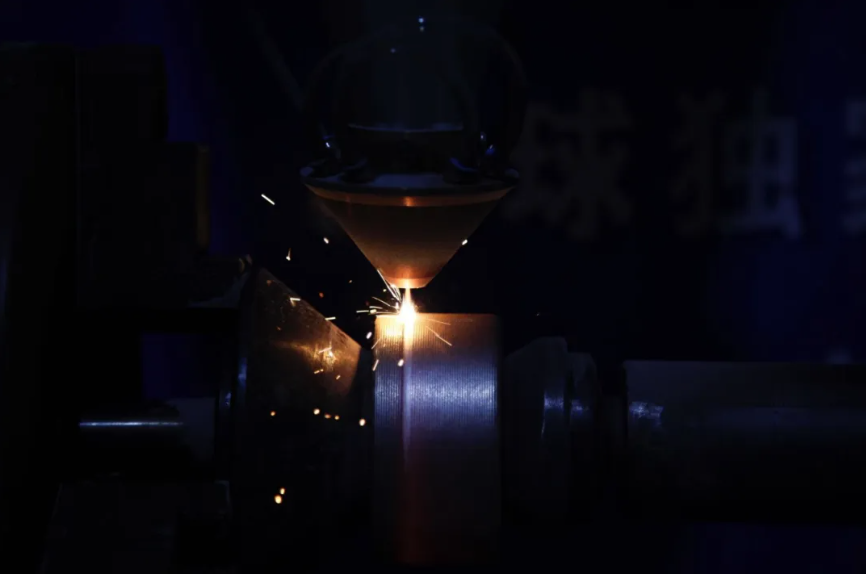Introduction to fiber lasers 2
A fiber laser is a type of fiber that uses doped with rare earth elements as a laser medium. It activates the fiber to generate and amplify laser light. This laser device has many unique advantages that make it widely popular in the medical and industrial fields.
The core part of the fiber laser is an optical fiber doped with rare earth elements (such as ytterbium-doped fiber and erbium-doped fiber). When the pump light source (usually a diode laser) enters the optical fiber through a coupler, the rare earth element is excited and generates laser light through stimulated radiation. The laser light propagates and amplifies in the optical fiber and is finally output through the end of the optical fiber.
Advantages
1. High beam quality: The beam produced by the fiber laser has high beam quality and low beam divergence.
2. High efficiency: The optical-to-electrical conversion efficiency of the fiber laser is very high, usually between 30-50%.
3. Good heat dissipation performance: The optical fiber has a large surface area, which helps to dissipate heat, allowing the fiber laser to operate continuously at high power.
4. Compact and rugged: The fiber laser has a compact structure and has high stability and shock resistance.
5. Maintenance-free: Fiber lasers generally have a long service life and low maintenance requirements due to their solid-state and sealed design.
6. Tunability: The wavelength and power of the fiber laser can be adjusted within a certain range to meet different application requirements.
Application
1. Minimally invasive surgery: Fiber lasers can be transmitted into the body through optical fibers for minimally invasive surgery, such as endoscopic surgery.
2. Tissue and coagulation: Suitable for tissue cutting and coagulation in surgical procedures, reducing bleeding and accelerating healing.
3. Skin treatment: Used for laser hair removal, skin regeneration, and removal of pigmented lesions.
4. Ophthalmic surgery: High-precision beams are suitable for retinal surgery and laser myopia correction surgery.
5. Tumor treatment: Transmit lasers to the tumor site through optical fibers for photothermal therapy.
Precautions
1. Cooling system: Although fiber lasers have good heat dissipation performance, an effective cooling system is still required in high-power applications.
2. Fiber quality: The fiber's quality and purity directly affect the laser's performance and life.
3. Laser safety: The high-power output of fiber lasers requires strict laser safety protection measures to avoid harm to operators and patients.
Summarize
Fiber lasers have become an indispensable tool in the medical field due to their high efficiency, high beam quality, good heat dissipation performance, and versatility. When selecting and using fiber lasers, it is necessary to ensure the equipment's performance, reliability, and safety according to the specific medical application requirements.
Reading more at: https://www.mrj-lasermark.com/info/383244/




Comments
Post a Comment